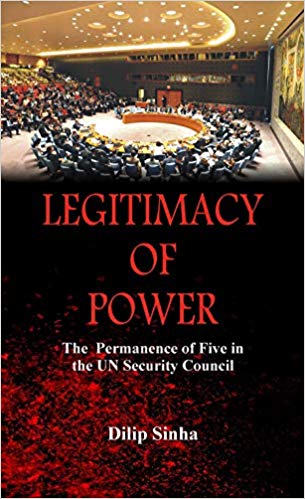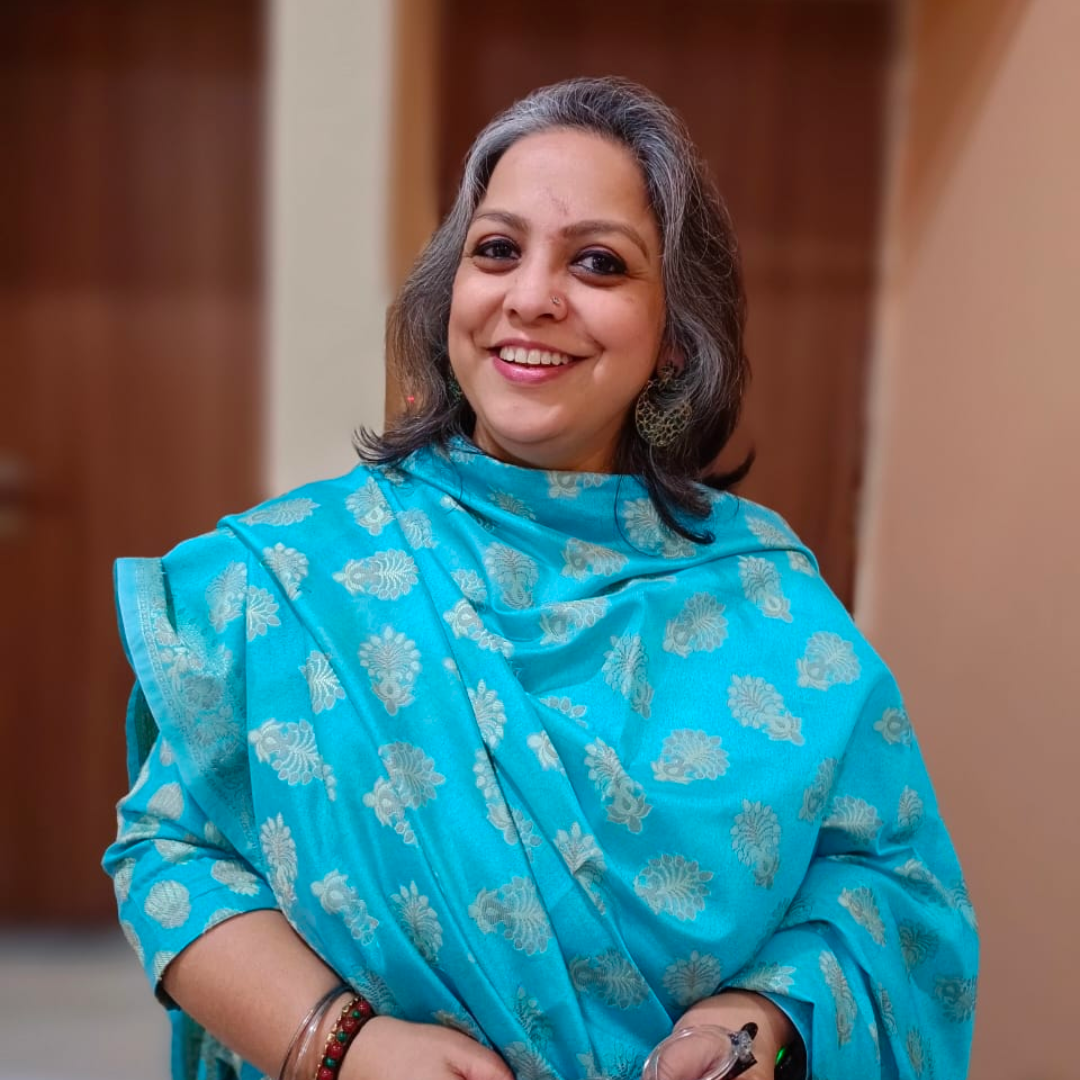Legitimacy of Power: The Permanence of Five in the Security Council

Dilip Sinha is an Indian diplomat and former public administrator. He served the Indian Foreign Service from 1978 to 2014. He held the position of ambassador of India to Greece between 2007 and 2010. He was also the permanent representative of India to the United Nations in Geneva (2012-2014) and Vice President of the United Nations Humans Right Council, Geneva (2013-14). Based on these credentials, it is not a surprise that he came up with the book Legitimacy of Power: The Permanence of Five in the Security Council (2018, Vij Books).
He begins the book with an introduction to how Security Council was formed stating “The story of Security Council is the saga of the United States and its four allies from the Second World War, Russia, Britain, France and China.” Based on this premise, the author has given us a close look into the way Security Council has fashioned over the years, how its position has altered and how various countries have sought advantages or have been delivered disadvantages due to its policies or the lack of change in them.
The book serves as a guide to scholars or experts of international relations, who wish to understand how international exchanges have shaped up over the years. After the Second World War, the countries were engulfed in a wide range of domestic issues, including human rights, development and the environment. The Security Council was charged by the United Nations with the task of maintaining international peace and security. Meandering through the various challenges like social, economic and geographical disparities, Security Council has had its own share of frailties.
This text also highlights the political and legal analysis of the Security Council’s mandate and actions. Based on various debates in the Security Council, The General Assembly and the San Francisco Conference, the author has sought help from a number of books available in the UN libraries in New York and Geneva to enumerate the ways in which Security Council has been modelled. It also brings to us some unknown history of the world and evaluates the overall successes and failures of the United National Security Council. The author having had to witness the mechanics of the council from close quarters has been able to bring to us a symmetrical and transparent aspect of the governing body that should ideally be at the helm of international relations of the world.
The most important and interesting aspect of the book is the drafting of the UN Charter. Not only does it give us a peek into the threads of the weave, but we also get to witness the interactions of some of the highest-ranking world leaders like, Roosevelt, Stalin and Churchill, who were instrumental in finalizing the draft. Along with that, a ringside insight on the power struggles of the permanent members also forms the fabric of this detailed book.
The book is textual in nature and would appeal to readers who are looking for details on the Security Council, the peacekeeping activities of the UN, its inability to transform over time and the delicate and intricate relations between countries. The struggles of the Council seeking to work with countries who vary in size, dimension, religion and socio-economic turmoil is catered to brilliantly and at the end we are left with a question in our mind- Will Security Council stay valid in the long run witnessing the volatile and dynamic mechanics of the world of tomorrow?
Buy the book here:
